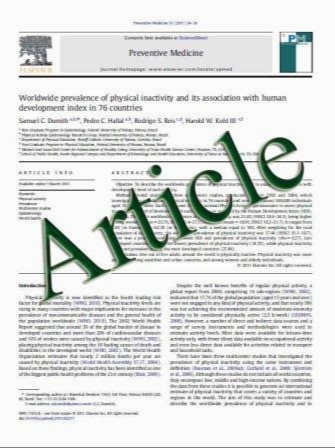Surgical treatment of orbital cavernomas: clinical and functional outcome in a series of 20 patients
- نوع فایل : کتاب
- زبان : انگلیسی
- مؤلف : Nicola Boari & Filippo Gagliardi & Paola Castellazzi & Pietro Mortini
- چاپ و سال / کشور: 2010
Description
Purpose The aim of this study is to assess the efficacy and safety of surgical treatment of orbital cavernomas in terms of clinical and functional results. Methods Twenty consecutive patients underwent surgical removal of a unilateral orbital cavernoma between 1999 and 2009. Indications for surgical treatment were: visual impairment, diplopia due to ocular movement impairment, progressive and disfiguring unilateral proptosis, severe retroorbital pain clearly related to the orbital cavernoma. We used a topographic classification of the lesions within the orbit. The orbit has been divided into an anterior and a posterior compartment on the axial plane and into three sectors on the coronal plane. The proptosis was quantified on MRI scans. Results The location of the cavernoma determined the choice of the surgical approach. We performed eight lateral orbitotomies and 12 fronto-orbito-zygomatic approaches. All the tumors were completely removed as assessed at follow-up MRI. We did not record any intraoperative or major postoperative complication requiring a reoperation. The postoperative visual acuity improved in four of five patients with visual impairment, it worsened in the other case. Proptosis improved in all the patients. Diplopia improved in four patients, and did not recover in another case. Conclusion Surgical treatment of symptomatic orbital cavernomas is safe and effective. Tumor location dictates the choice of surgical approach. Visual function and cosmetic result are the main parameters to evaluate the clinical outcome. Surgical approach and dissection technique are crucial in determining the visual outcome.
Acta Neurochir (2011) 153:491–498 Received: 22 July 2010 / Accepted: 13 September 2010 / Published online: 26 September 2010


